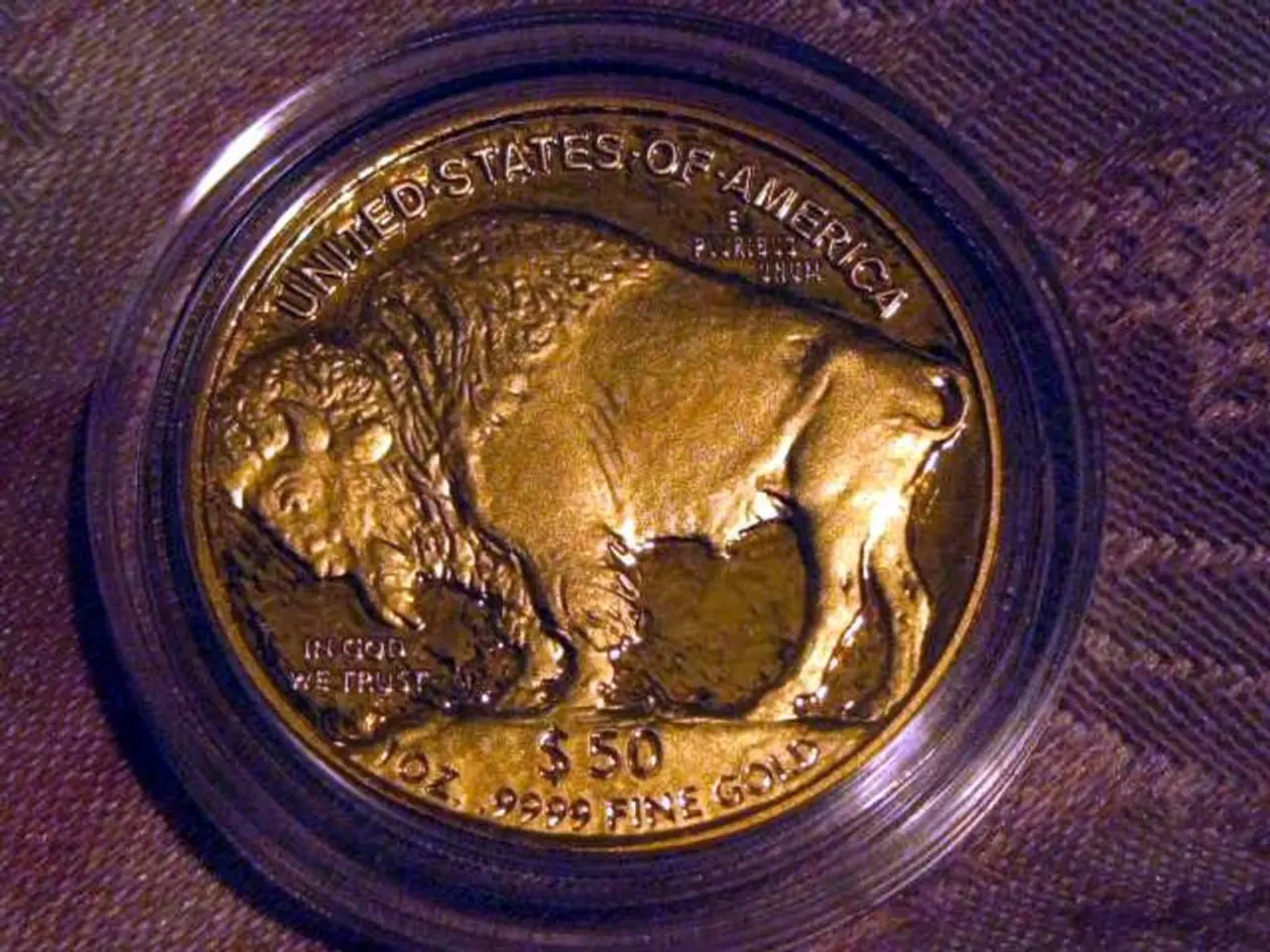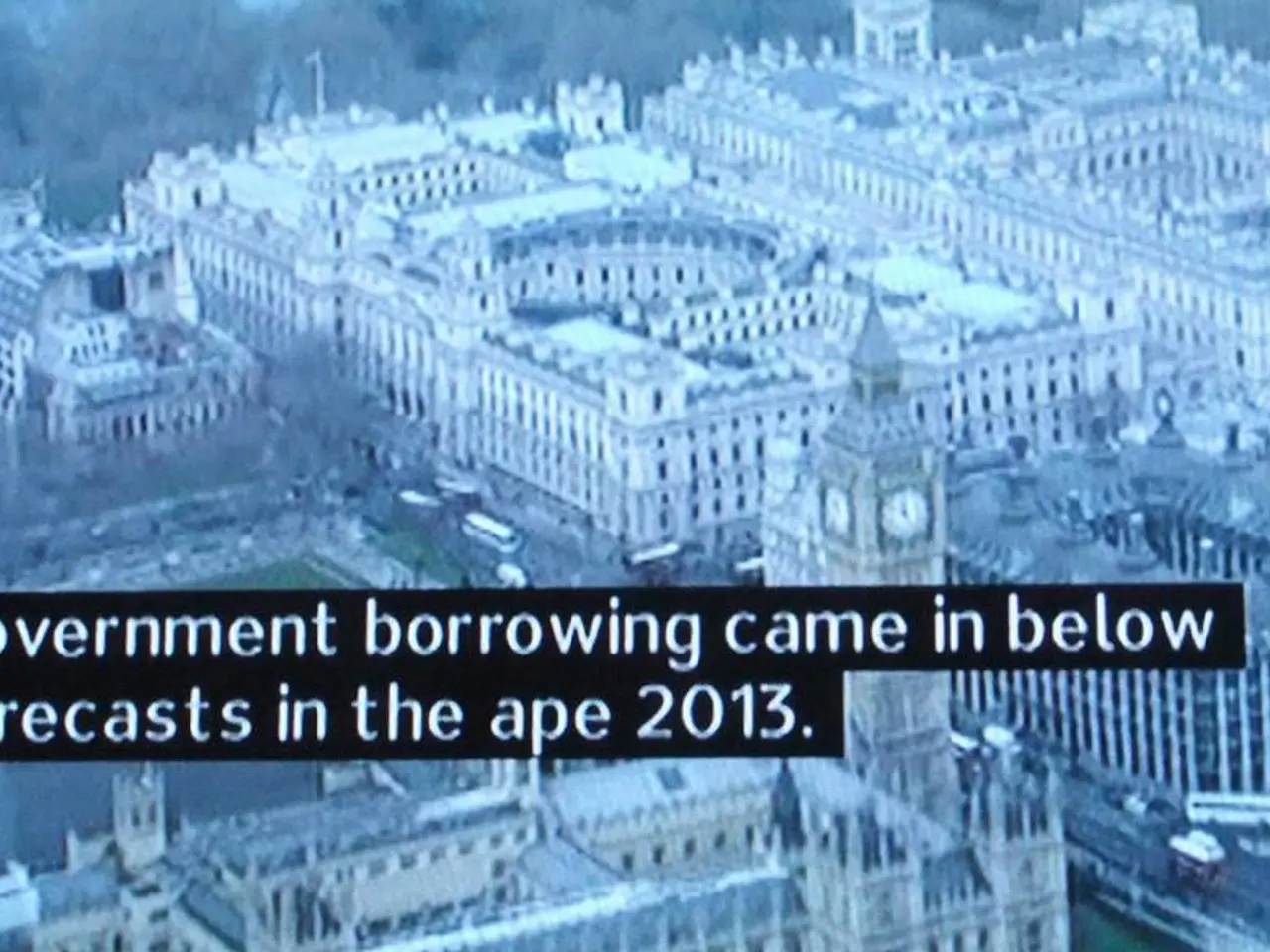Is the brilliance of the US dollar diminishing?
The U.S. dollar, once a symbol of economic strength, has been experiencing a downturn in recent months. This shift is not solely due to domestic economic conditions or the Federal Reserve's monetary policy, but rather a complex interplay of fiscal and political uncertainties, global economic rebalancing, central bank diversification strategies, and shifts in investor behaviour.
Fiscal and political risks, including rising U.S. debt, increasing deficits, and uncertainty about the country’s fiscal path, have undermined investor confidence, leading to capital outflows and a weaker dollar. Policy uncertainty, including threats to the independence of the Federal Reserve and abrupt shifts in trade policies, have further contributed to reduced demand for U.S. assets and increased market volatility.
The U.S. dollar's global dominance is being challenged as other economies, particularly in Europe and Asia, show signs of catching up. This has led to a rebalancing of global portfolios and a shift away from dollar-denominated assets. Central banks, especially those concerned about sanctions or geopolitical risks, have been diversifying reserves away from the dollar and into other currencies or gold. China’s expanding economic influence and investments abroad have increased the desirability of the Chinese renminbi, further diversifying global currency demand.
Despite the Federal Reserve’s accommodative policy (lower interest rates), this can actually reduce the attractiveness of dollar-denominated assets to international investors seeking yield, thereby weakening the dollar. Currency hedging by non-U.S. investors holding U.S. dollar securities (especially during Asian trading hours) has also contributed to notable declines in the dollar’s value.
Rising tariffs and uncertainties in international trade policies have led to a “triple decline” in U.S. equities, bonds, and the dollar, indicating a broader loss of confidence during risk-off events. The strong dollar previously attracted overexposure; now, with diversification trends and reduced benefits from U.S. outperformance, investors are rebalancing their portfolios away from the dollar.
In summary, the U.S. dollar is weakening due to a combination of fiscal and political uncertainty, global economic rebalancing, central bank diversification strategies, and shifts in investor behaviour—all of which are reducing confidence in the dollar as the world’s reserve currency.
However, it is important to note that the U.S. economic recovery is reflected in recent U.S. economic and corporate data. The U.S. Federal Reserve has confirmed the continuation of its accommodative monetary policy, and higher interest rates in China attract investors and benefit local currencies, as seen with the strengthening of the Chinese yuan. Commodity prices have reached levels not seen in five years, with some speculating about a potential supercycle. The U.S. economic growth is expected to remain strong beyond 2022.
References: [1] Financial Times (2021) The Dollar's Decline: What's Behind the US Currency's Slump? [Online]. Available at: https://www.ft.com/content/d8876c5d-d59a-423e-b84a-51c8f553a9f3 [2] The Economist (2021) The Dollar's Dilemma: Why the Fed's Policies Could Be Weakening the Greenback [Online]. Available at: https://www.economist.com/finance-and-economics/2021/08/28/the-dollars-dilemma-why-the-feds-policies-could-be-weakening-the-greenback [3] Bloomberg (2021) Why the Dollar's Strength May Be a Thing of the Past [Online]. Available at: https://www.bloomberg.com/opinion/articles/2021-08-25/the-dollar-s-strength-may-be-a-thing-of-the-past [4] Reuters (2021) Why the U.S. Dollar Is Losing Its Appeal [Online]. Available at: https://www.reuters.com/business/us-dollar-losing-its-appeal-2021-09-09/
Other economies are taking advantage of the fiscal and political uncertainties in the US, leading to increased investments in alternatives to U.S. finance. Central banks worldwide are diversifying their reserves away from the U.S. dollar, including into other currencies and gold, as a strategy to mitigate risks associated with sanctions or geopolitical tensions.




